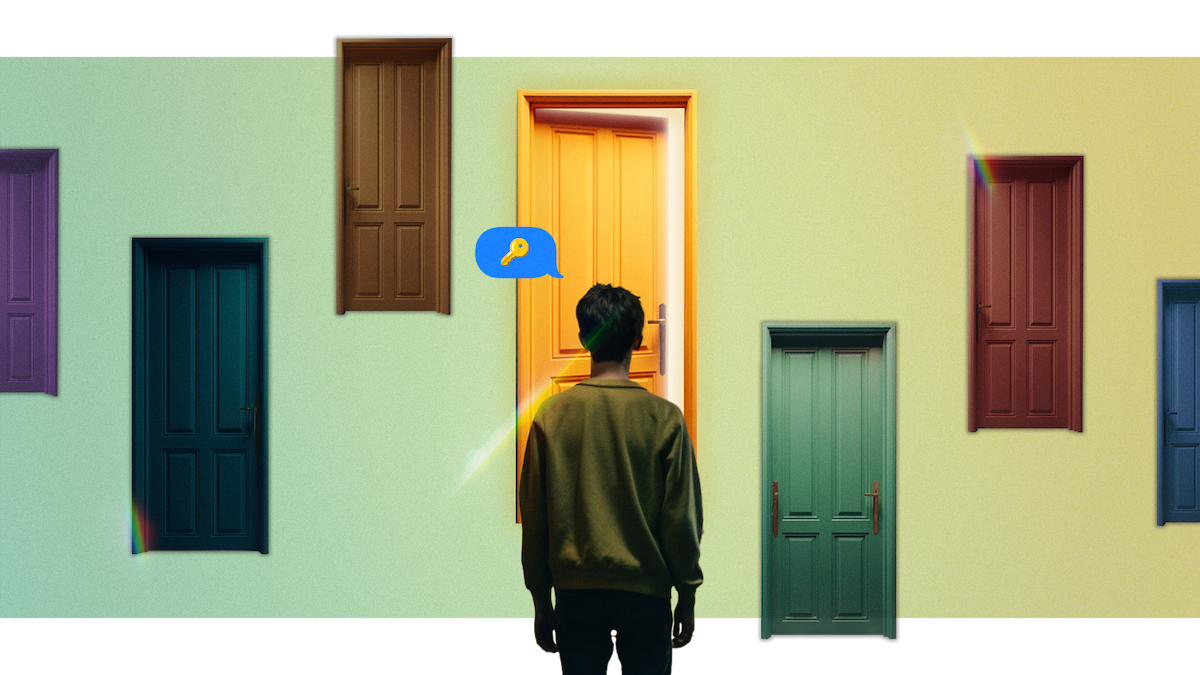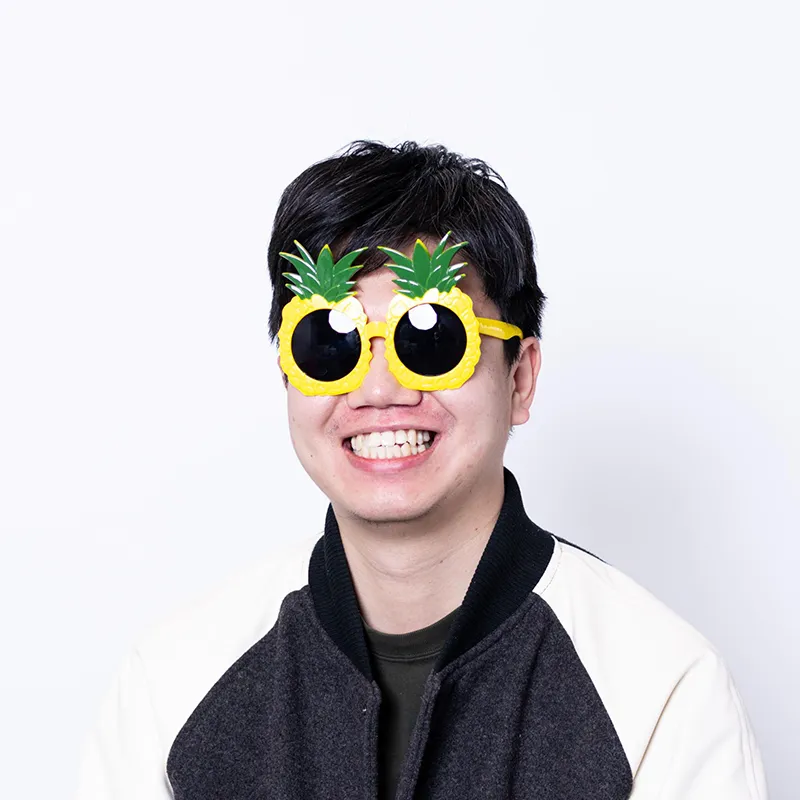Gen Z to AI: don’t kill my creative vibe

Missed Part One of our Gen Z + Gen AI series? Head here.
AI helped you with your final paper and made your workout plan—why not have it help resolve a conflict between you and your friends, or help you pick your career?
Because that’s where artificial intelligence crosses the line from innocuous to intrusive—at least for the group of 13- to 21-year-olds with whom we spoke. To better understand how the next generation will respond to a new wave of AI products, services, and experiences coming online, we prototyped hypothetical apps to elicit feedback. “AI Passion Coach” for one, is a guide that identifies your skills and makes suggestions for how and where to apply them. That didn’t go over so well. “I’m all for AI helping me find the most optimal way to learn once I know what my passion is,” a college freshman told us, “but finding a passion for me? Not so much.”
After sharing six concepts, we came away with some strong hunches about how this cohort wants to show up in the world—both in person and digitally. They’re not looking for products that can be creative for them, they want tools that help them be creative themselves—a subtle but important difference.
Just as digital maps have ruined our collective sense of direction, Gen Z fears that the generative AI’s shortcuts and automations may diminish their ability to form their own identity.
{{video-1}}
As one 19 year-old explained, “It's so much more valuable when you experience and learn something yourself versus being told it.”
Several feedback sessions on AI Passion Coach, along with two other hypothetical concepts: AI Venture Accelerator, a creative co-founder that helps you bring your idea to life, and AI Muse, an idea generator that accelerates your creative pursuits, yielded insights from which we drew three design principles for creating products and services that are more aligned with what young people want. If your business is integrating generative AI, consider these guidelines:

1️⃣ Use AI to Scaffold the Creative Process
The Gen Zs we talked to don’t want to be handed the answer. They want to develop the capabilities to create something of their own. “I think there's a line where AI can provide the groundwork and help be a resource, but then we get to choose what we do with it from there,” one 19-year-old said. Exploration, experimentation, and reflection are important parts of the creative process that young people don’t want to see stripped away.
To align with that desire, companies can create AI services that help users discover and learn why and how something is created. Those aged 12 to 25 told us over and over again that being able to adjust their level of input, and add their own vibe was very important to expressing who they are.
2️⃣ Lower the Barriers to Entry
This cohort recognizes that there are tactical skill sets that they and others may not have access to. They welcome AI opening up opportunities for those who may have great ideas, but lack the knowhow to execute them. “I’ve been working on developing an app for sustainability. I can't code, and I don't know how to make an app, but I had the idea and wanted to make it real,” a college freshman shared with us. Instead of removing humans from the equation, companies could leverage AI to help users jumpstart their ideas and offer access to the resources and knowledge necessary to turn those ideas into reality.

3️⃣ Connect Creative Communities
Gen Zs find a sense of belonging and community through creative pursuits and look for those who share similar interests. “I feel like the beauty in creating things is definitely the insights I'm getting from other people,” said a 19-year-old entrepreneur. Just as mobile phones consume our attention, they suspect that other emergent technologies will isolate people and put optimization and productivity above the slower process of sharing ideas. “You achieve things more quickly,” said a 20-year-old student, “but you're lacking the relationships that you build over time when trying to achieve those things together.” For companies looking to augment human creativity, this presents an opportunity. Instead of being a generator of machine-made solutions, AI can be a facilitator of human collaboration, allowing people to share tips, learn from diverse experiences, and build community.
As generative AI upends the way humans work, there’s a lesson to glean from this research. Generative AI’s omniscience and ability to generate staggering creative output almost instantaneously is undeniably seductive. But the fundamental values that we cherish—our creative agency, our ability to actualize new ideas, and our need to bond with others through collaborative work—are all key to the successful adoption of the AI products and services of the future.
These principles are a good starting point for how to innovate wisely with human needs in mind. In Part III of this series, we will dive into how AI might impact the next generation’s relationships and mental wellbeing.
Words and art




Subscribe

.svg)








.webp)
